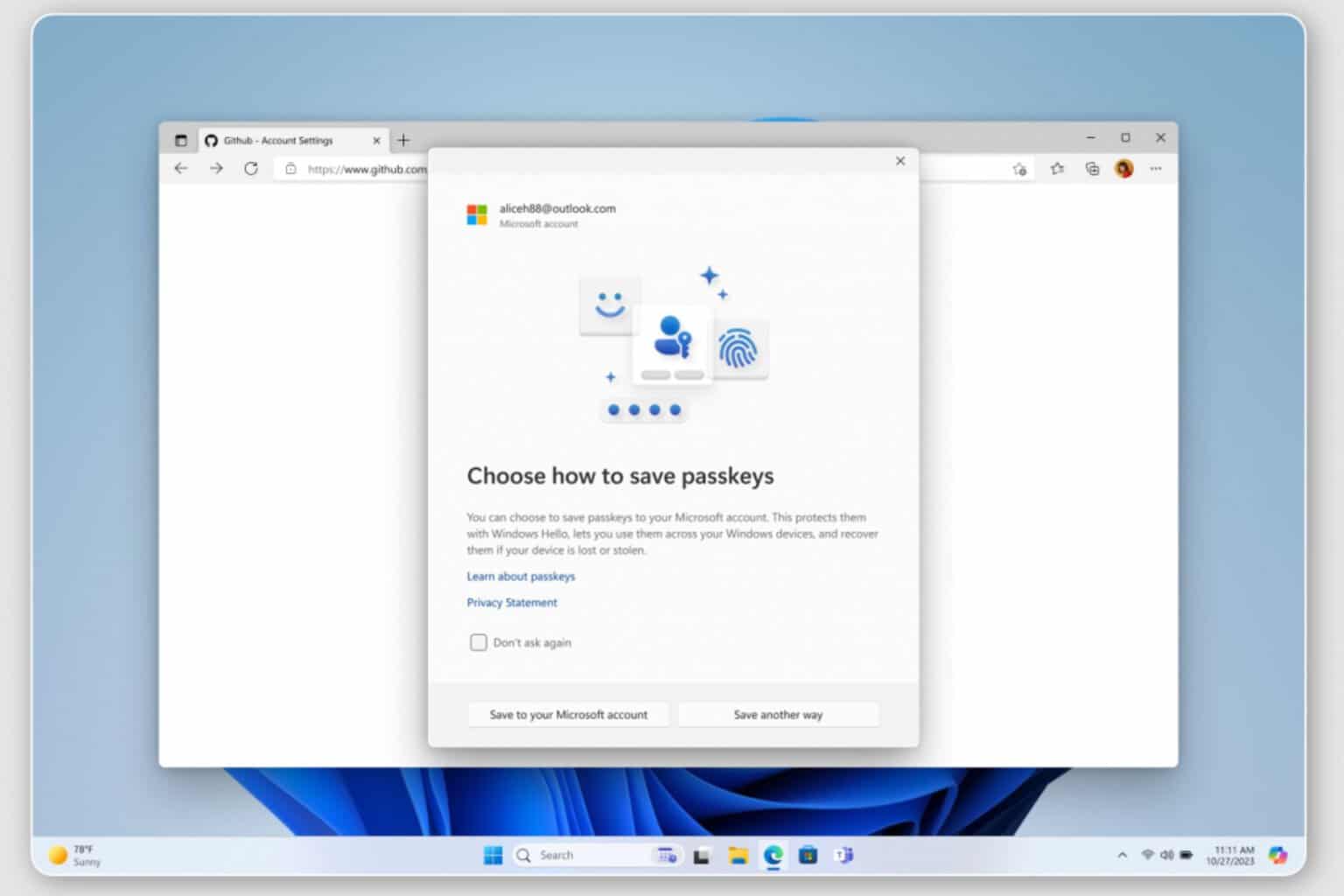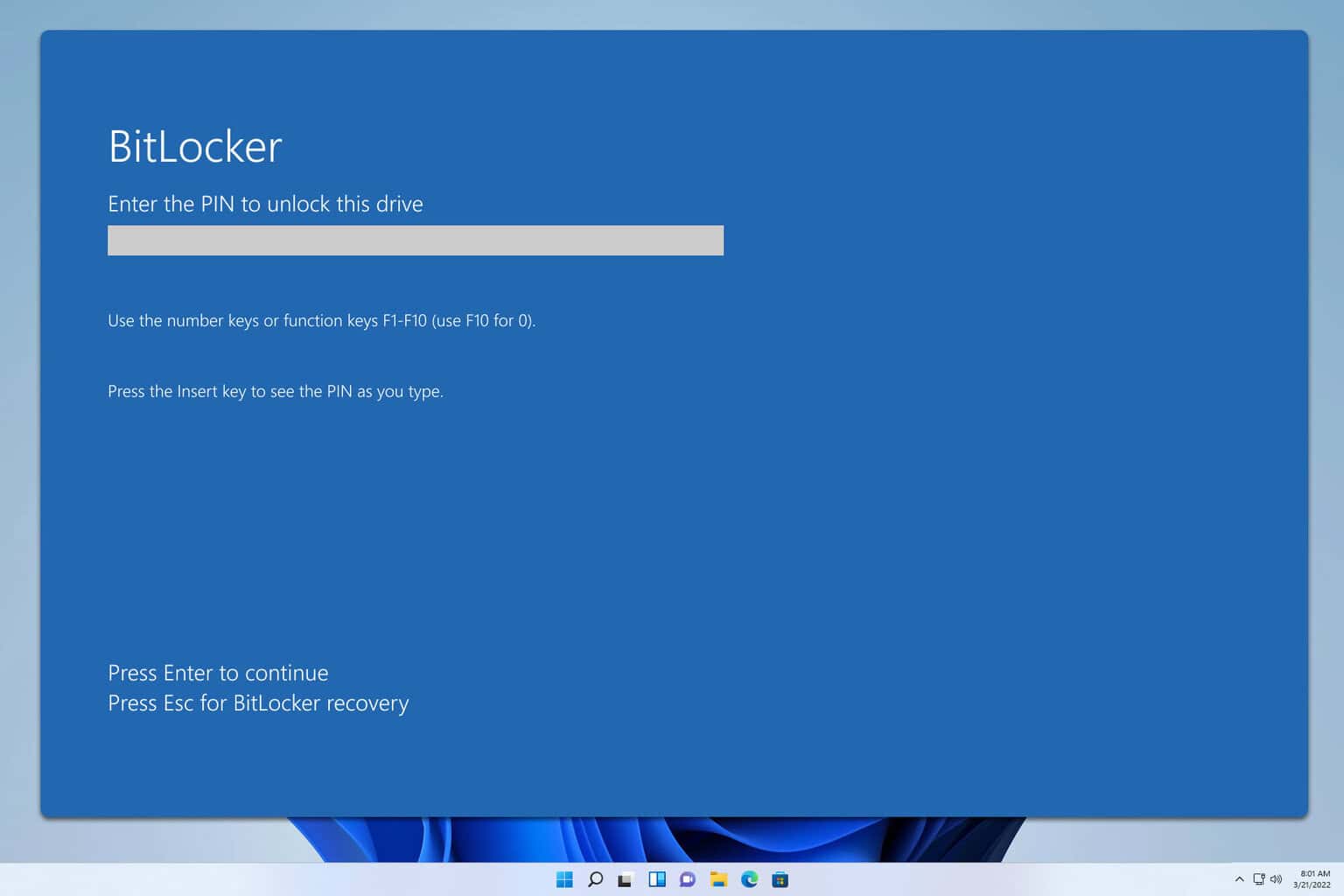OpenAI finally introduces Advanced Voice Mode for ChatGPT, and it's finally available on Windows PCs
AVM is now available in Iceland, Liechtenstein, Norway, Switzerland or the U.K, as well.
4 min. read
Updated on
Read our disclosure page to find out how can you help Windows Report sustain the editorial team. Read more

OpenAI has launched the Advanced Voice Mode (AVM) for its generative AI chatbot, ChatGPT. It is available now to ChatGPT Plus and Team tier subscribers in the ChatGPT app on iOS and Android; the company will also grant access to enterprise and education customers starting next week, as announced in a post on X (formerly known as Twitter).
Edit: According to the company’s latest announcement, OpenAI’s Advanced Voice Mode is now available on Windows PCs and macOS devices.
It’s worth noting that OpenAI has a daily limit for using the Advanced Voice feature, even on a desktop. The ChatGPT app will notify you when you have 15 minutes of Advanced Voice usage left for the day.
Advanced Voice Mode (AVM) is designed to make ChatGPT more conversational, allowing users to speak to the chatbot more naturally. For example, users can interrupt ChatGPT and have it respond more quickly; if ChatGPT is speaking, users can cut the chatbot off by speaking again.
With Advanced Voice Mode, OpenAI claims that ChatGPT can carry on a conversation for an extended period—up to an hour—without running out of things to say. Though AVM doesn’t support every language, ChatGPT can understand and respond to English, Spanish, French, German, Italian, Portuguese, Dutch, Russian, and Swedish.
To accompany the launch, OpenAI is introducing a new look for AVM in the ChatGPT app. Now, when AVM is available in the app, a blue pulsing sphere will appear next to the text box in ChatGPT. The idea is to inform users that they can start speaking to ChatGPT and receive a response.
In addition to the new design, AVM is gaining customization features. For one, ChatGPT users can issue commands to ChatGPT in different voices.
Also new is a “Memory” feature, which allows ChatGPT to remember details from a conversation and refer to them later. For example, ChatGPT can use Memory to recognise a user’s name and answer questions about the user in subsequent interactions.
OpenAI is also introducing more ways for ChatGPT to generate utterances. In the ChatGPT app, users can ask ChatGPT to deliver a joke, offer a compliment, tell a bedtime story and more.
OpenAI says that it’s improved the underlying generative model powering ChatGPT’s voice feature to better understand users and generate responses. The company claims that the model—which is based on OpenAI’s GPT-4o architecture—is faster and able to recognize a user’s speech more accurately.
It’s worth noting that AVM wasn’t available in every region ChatGPT supports. OpenAI said it’s launching AVM in select countries, but it won’t be available in the EU countries, Iceland, Liechtenstein, Norway, Switzerland, or the U.K. However, the tech giant announced in a tweet on X (formerly known as Twitter), that the capability is now available in these regions, as well.
OpenAI first announced Advanced Voice Mode for ChatGPT in May, but the rollout was delayed due to legal challenges. Initially, AVM was a much different feature. OpenAI, at the time, said that it would allow ChatGPT users to create, train, and deploy custom conversational AI models in minutes, leveraging a combination of voice, text, and video inputs. However, the company was forced to scale back its ambitions following criticism that OpenAI’s approach to multimodal chatbots was invasive and could potentially be used to create deep fakes.
The result was the AVM that OpenAI introduced today. Despite the changes, AVM continues to be a differentiating feature for ChatGPT relative to rivals’ offerings.
Google, for example, last month introduced the similar-sounding Gemini Live—an upgrade to the company’s existing Google Assistant-powered chatbots that allows them to respond to user prompts more naturally and quickly. Gemini Live is available in several third-party apps on Android, including RBC, SoFi, TransferWise, and United Airlines, with more to come.








User forum
0 messages